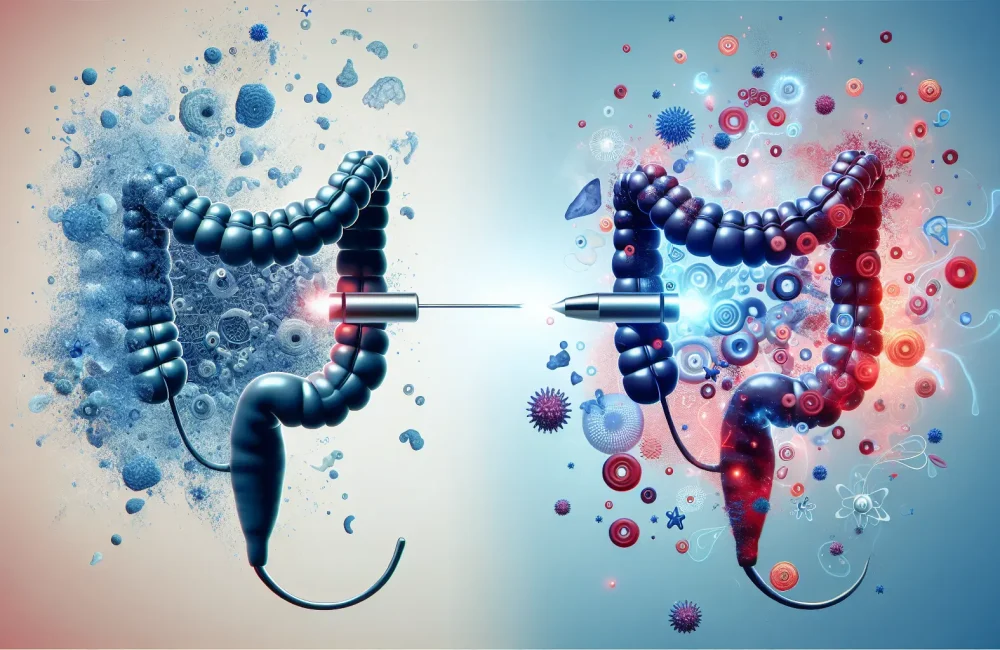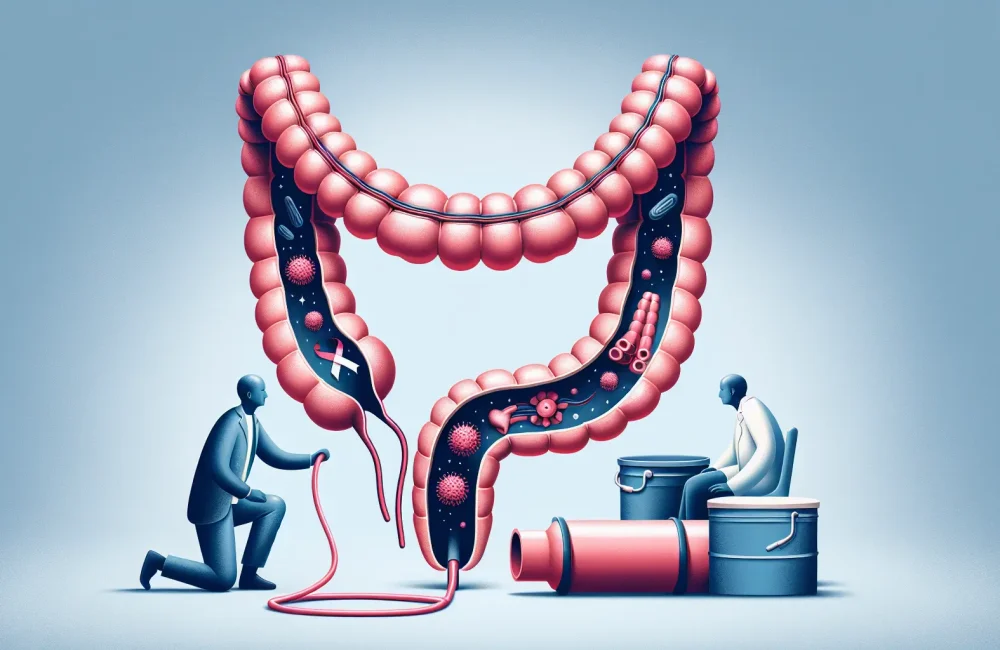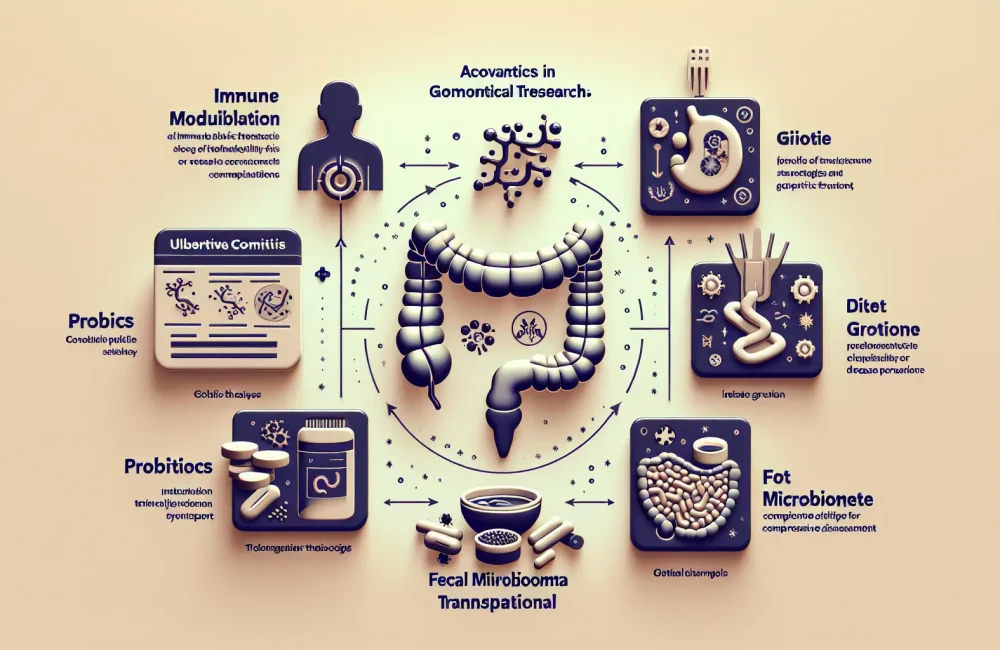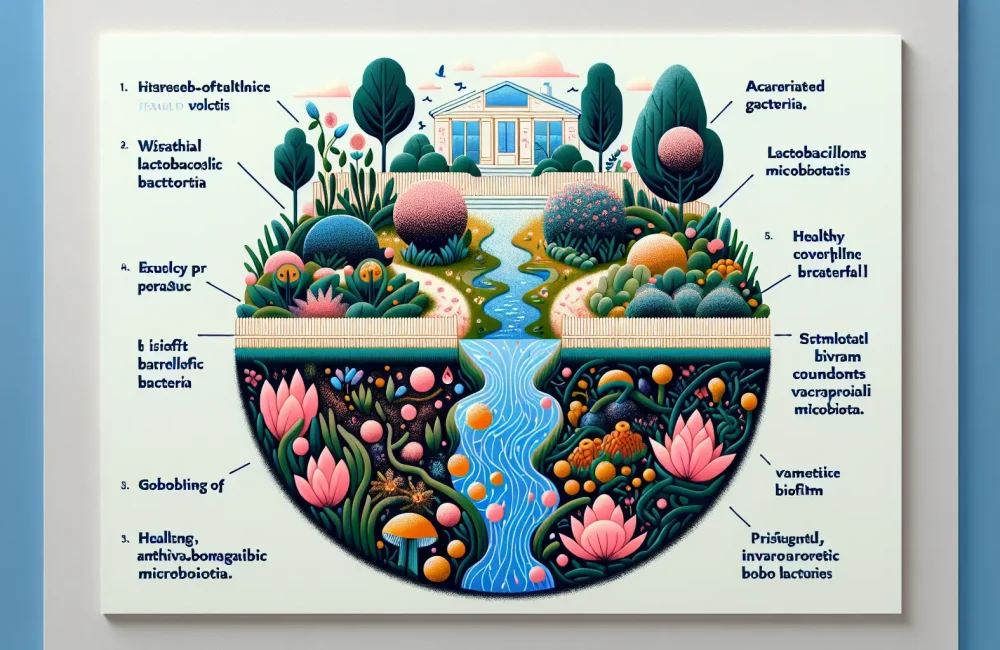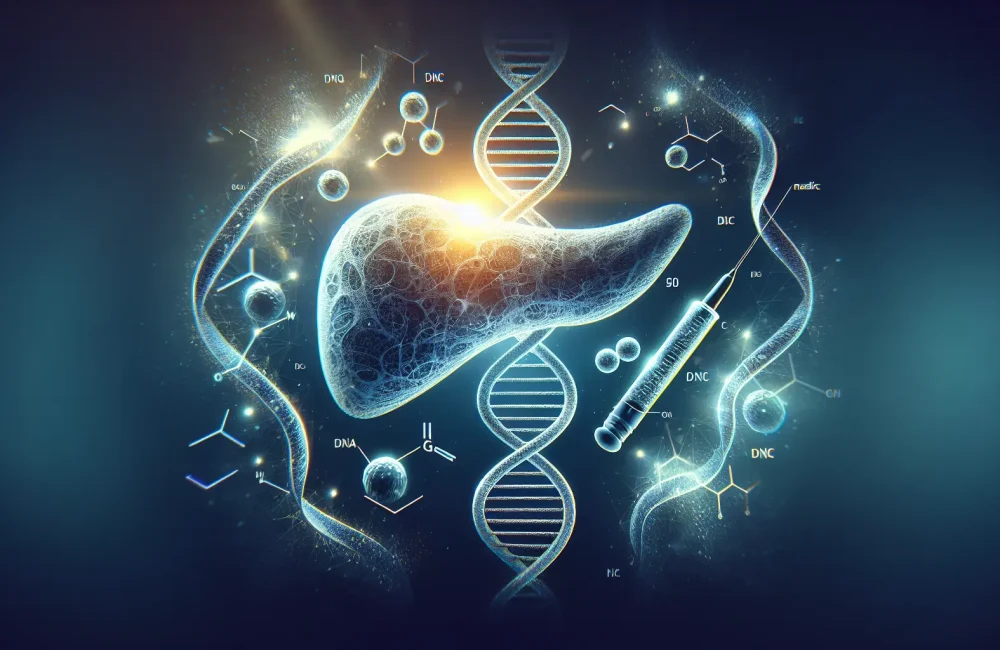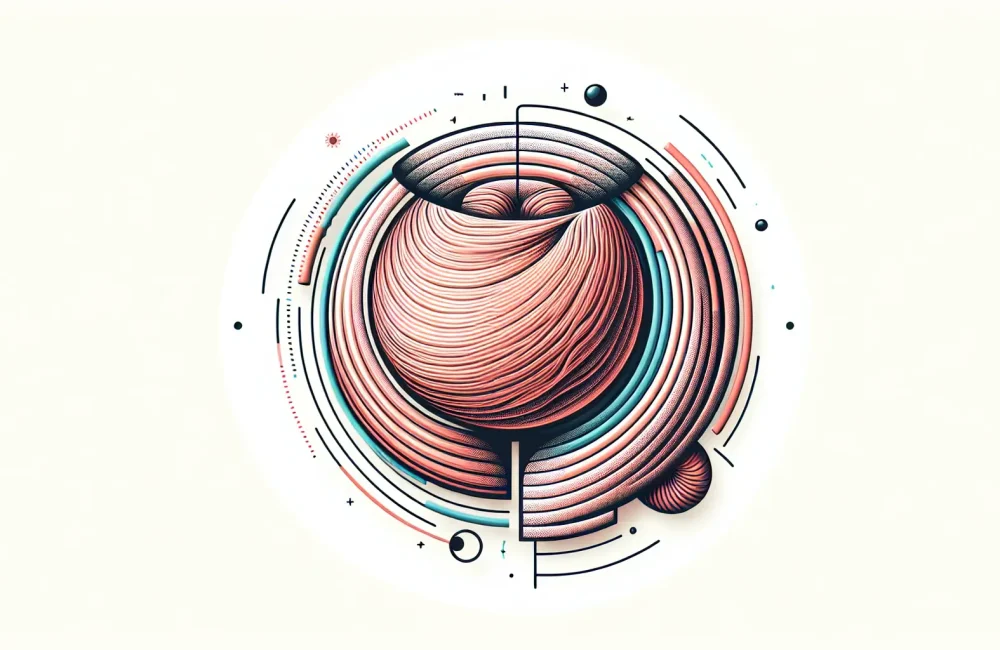By CAFMI AI From Gut
Current Landscape of Endoscopic Stratification in Gastric Intestinal Metaplasia
Gastric intestinal metaplasia (IM) is recognized as a premalignant condition that significantly raises the risk for gastric cancer, a disease posing considerable morbidity and mortality worldwide. For clinicians, especially those in the United States where gastric cancer screening is not widespread, the challenge lies in early detection and appropriate surveillance of IM. Traditional white-light endoscopy with random biopsies has been the mainstay; however, this approach carries limitations such as potential underdiagnosis due to missed metaplastic patches. To address these issues, advancements in endoscopic imaging, including narrow-band imaging (NBI), magnifying endoscopy, and confocal laser endomicroscopy, have emerged. These advanced techniques enhance mucosal visualization through improved contrast and detail, allowing for more precise identification of intestinal metaplasia. Particularly, they enable targeted biopsies that improve diagnostic yield compared to random biopsy protocols. From a clinical perspective, these methods contribute to more accurate risk stratification, guiding surveillance intervals and intervention strategies. However, current practice reveals discrepancies in adoption and expertise, with variability among endoscopists in recognizing characteristic mucosal and vascular patterns of IM that are critical for diagnosis and prognostication.
Future Directions and Challenges in Endoscopic Imaging
Looking ahead, the field is focused on standardizing endoscopic classification systems that describe mucosal and vascular patterns to enhance reproducibility across clinicians. Such standardization is vital to enable consistent interpretation and clinical decision-making. Importantly, artificial intelligence (AI) is poised to revolutionize this area by supporting real-time detection and characterization of gastric IM, potentially boosting diagnostic accuracy and efficiency during endoscopic procedures. The integration of AI tools could assist less experienced endoscopists, reducing variability and improving patient outcomes. Nevertheless, these promising advances introduce new challenges. Training endoscopists in these sophisticated imaging techniques and ensuring broad dissemination of expertise remain pressing concerns. Additionally, the costs associated with implementing high-end imaging technologies and AI tools need careful evaluation for cost-effectiveness in clinical workflows. Incorporating these advanced modalities into standard practice will require strategic planning, resource allocation, and perhaps new reimbursement models aligned with their demonstrated value in cancer prevention.
Clinical Implications and Implementation Strategies
The clinical application of advanced endoscopic techniques for gastric IM necessitates comprehensive training programs and clear guidelines to optimize patient management. Endoscopists must develop proficiency in recognizing distinctive mucosal and vascular patterns associated with IM to leverage the benefits of enhanced imaging. Multidisciplinary collaboration among gastroenterologists, pathologists, and oncologists is essential to integrate endoscopic findings with histopathology for accurate risk assessment. Additionally, healthcare systems must consider logistical and financial aspects when adopting new technologies. Patient education and shared decision-making should also be emphasized to tailor surveillance and treatment strategies effectively. Ultimately, systematic implementation of these strategies holds the promise to improve early detection, reduce gastric cancer incidence, and enhance patient outcomes.
Read The Original Publication Here
